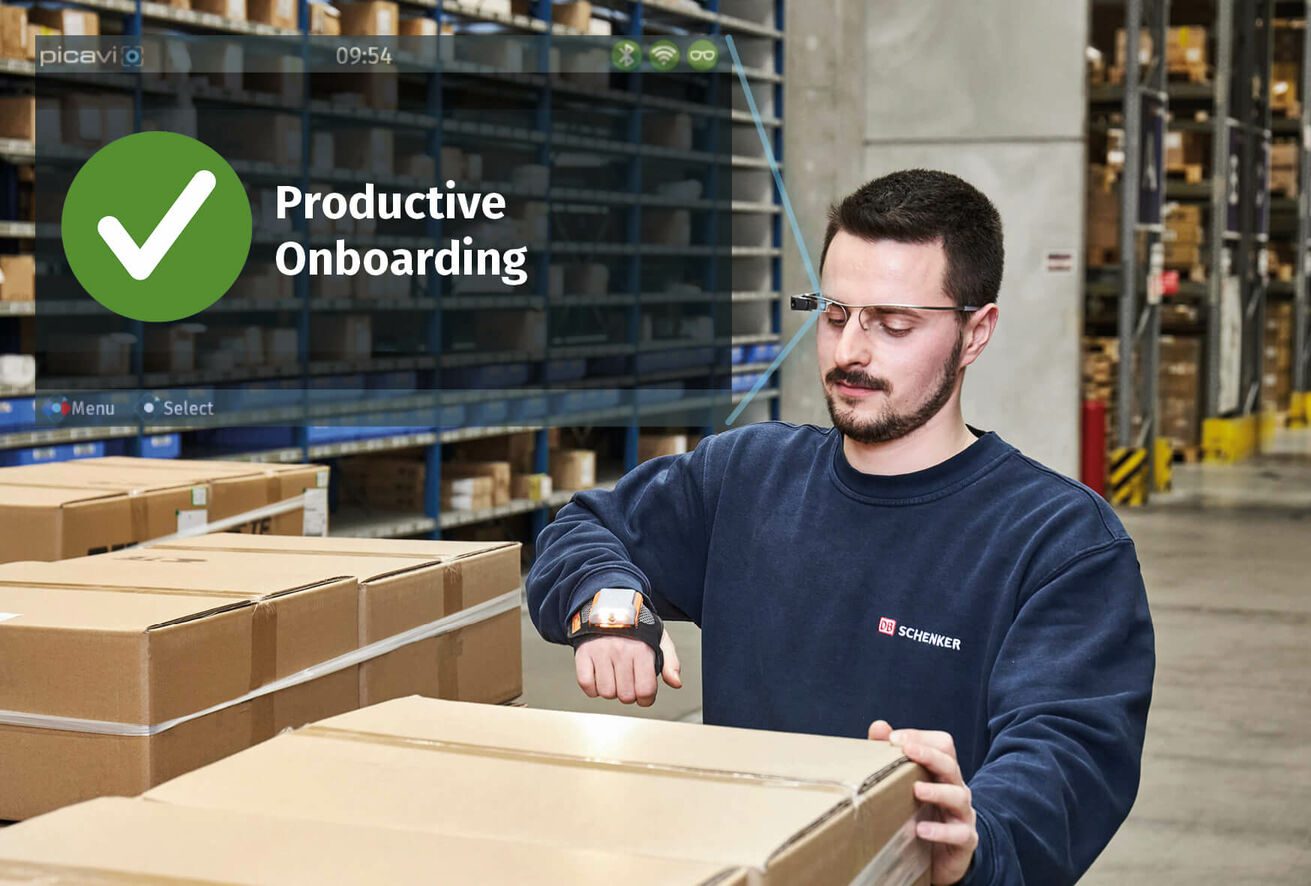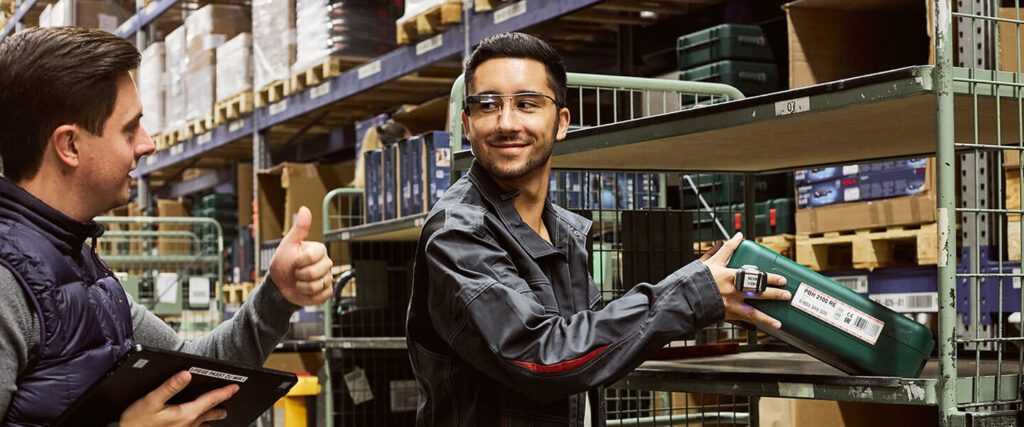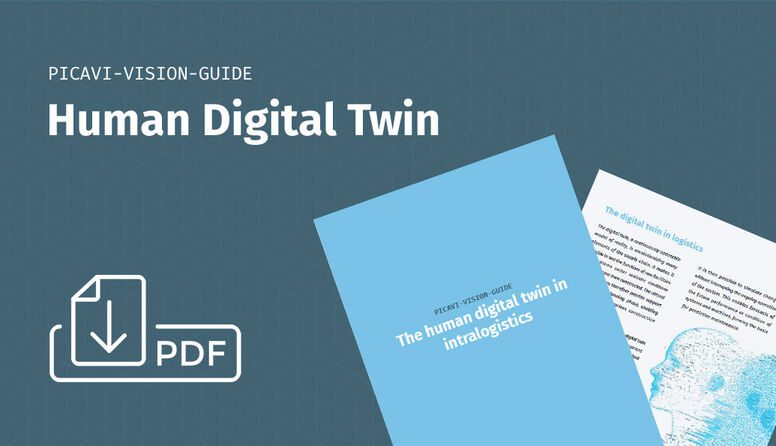How the human digital twin can improve training for new employees
The human digital twin is a highly accurate, digital representation of a human being. It is created through the continuous collection of objective empirical data on transport routes, times and scans. As a result, the human digital twin can help logistics businesses identify areas for improvement in their warehouse infrastructure or the ergonomic design of wearable technology. Onboarding and training are other interesting applications for this approach.


